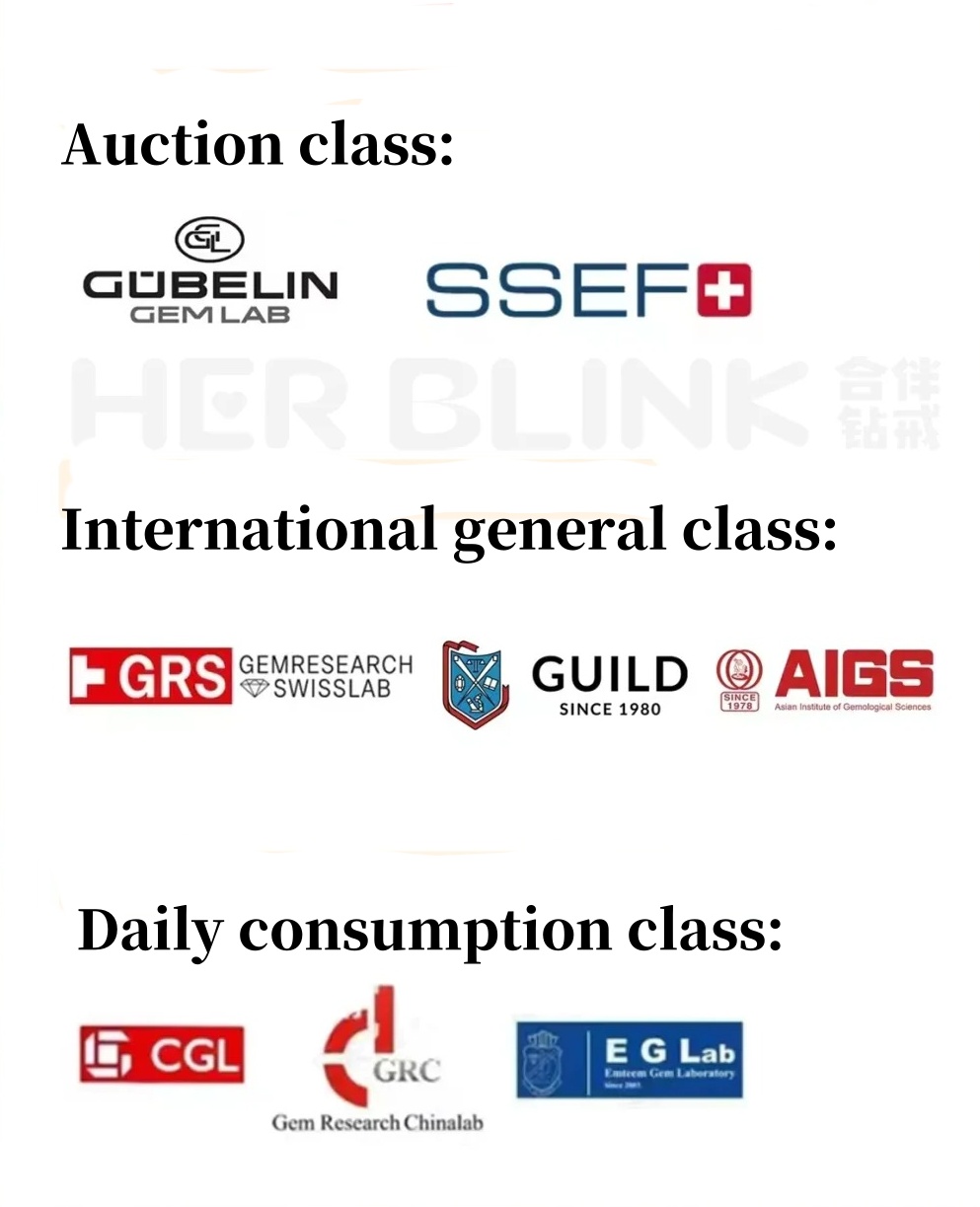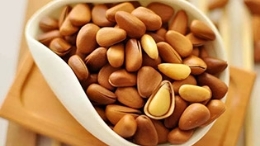Hello, everyone, today I want to share with you the basic knowledge of ruby ~~
Ruby refers to the color of red corundum, the main component is alumina, red from chromium (Cr), the content is generally 0.1~3%, the highest up to 4%, the higher the content, the more bright the color.
Ruby is one of the five most precious stones in the world, with a vivid and charming red color. On behalf of the precious long-term love, known as the “stone of love”, is also the birthday stone of July; It also represents the powerful king status and is called the “king’s stone.”
❤️ The color of the ruby
The biggest influence on the value of ruby is the color, its color can be roughly divided into medium red, intense red,deep red, dark red, pigeon blood. When choosing a color, choose a ruby with good saturation, positive red and less variegations, and vivid is ideal. At the same time, we need to know that pigeon blood (the best color in ruby), it is not just a single color, but a color range, so we should try to choose bright rich, positive red pigeon blood.
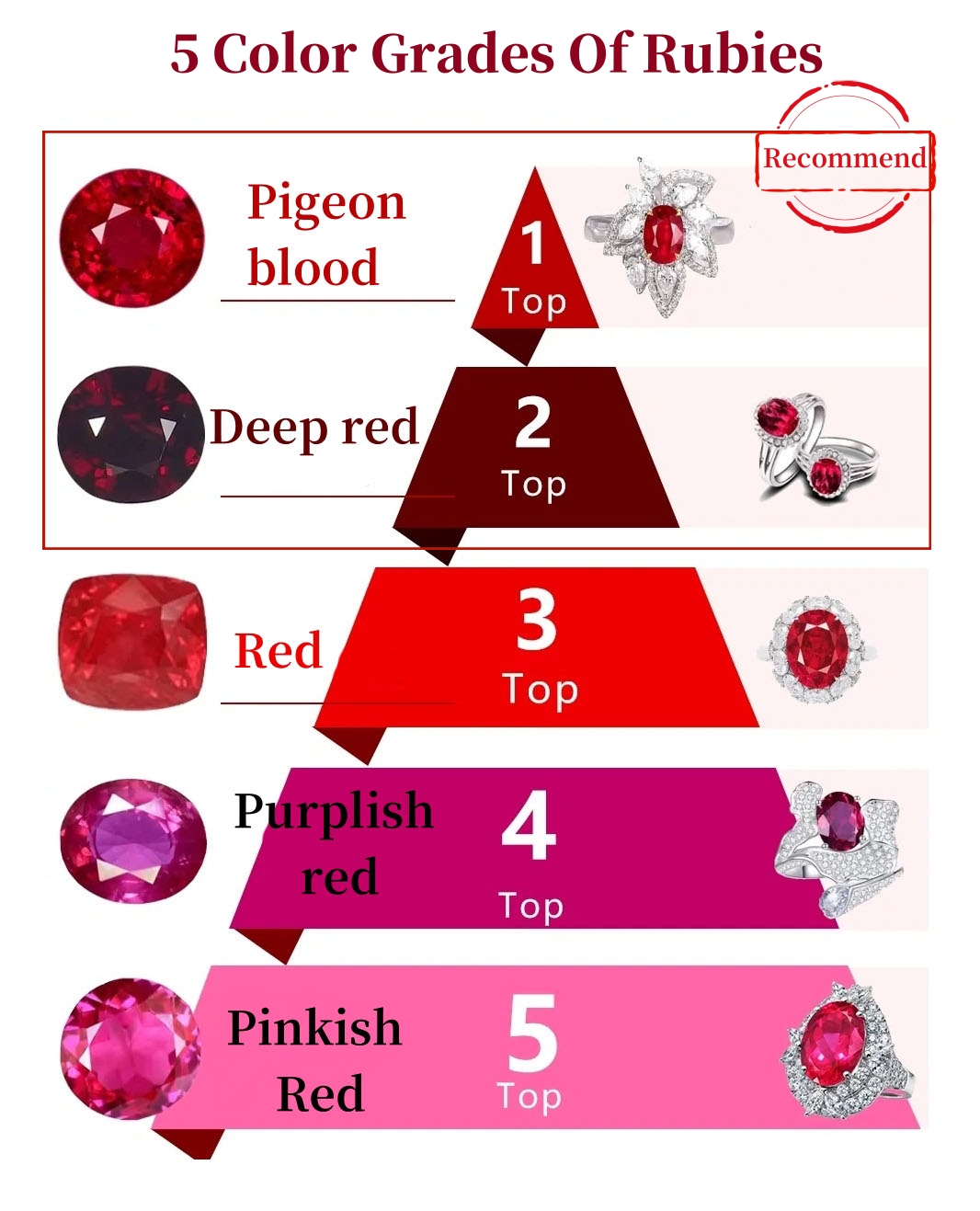
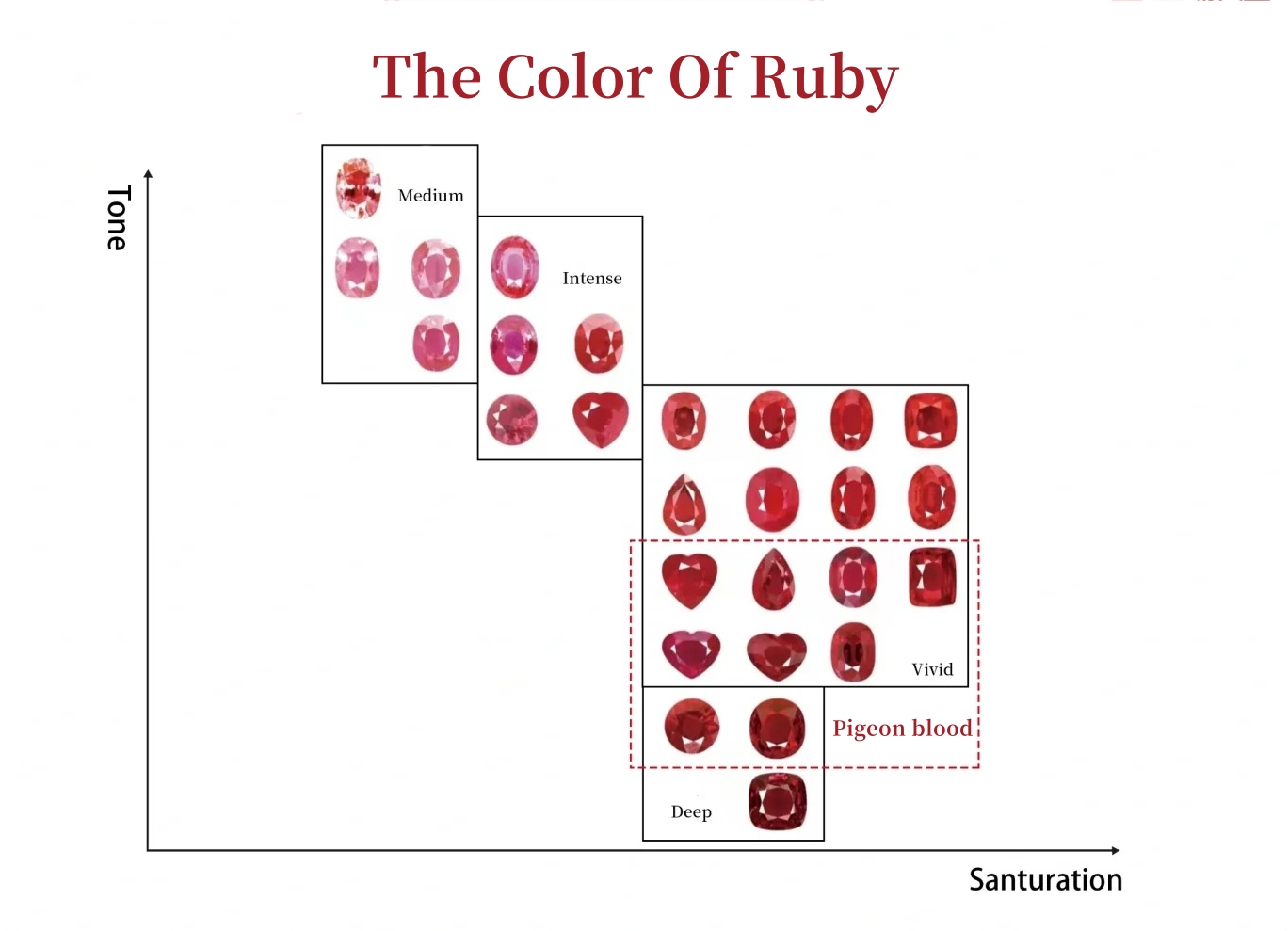
❤️ The weight of the ruby
Ruby size and weight affect its collection value, the greater the weight of the same quality, the higher the price, the price of more than one carat is multiplied by the geometric number, and the large carat ruby is rarer. High quality rubies over 5 carats are often featured in auctions.
❤️ The clarity of the ruby
Ruby “ten red nine cracks”, most rubies will have cracks or doped some inclusions and crystals, generally these inclusions we can see clearly through the naked eye, so the inclusion of very few rubies high clarity, expensive, and very rare. The inner package can not be too much, otherwise it will affect the fire color and transparency. Visual observation from the table requires no visible cracks. Visible pit cracks, black spots and dimmed rubies are not recommended.
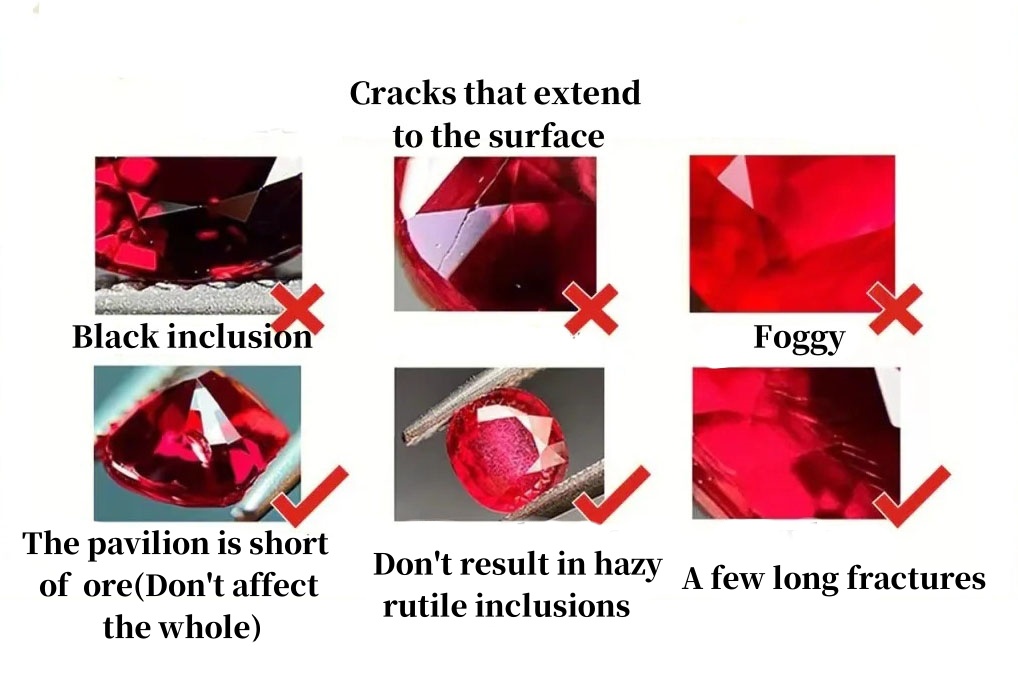
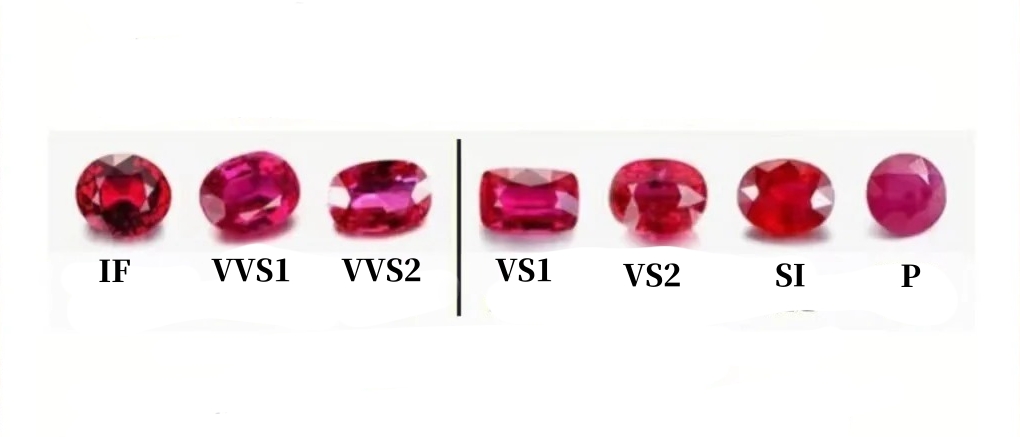
❤️ The cuting of the ruby
The cut directly determines the shine of the stone. We judge the value of the ruby from the following aspects: the size of the countertop,whether the cut is correct, the brightness of the fire color, and the thickness of the bottom.
Summarize the purchasing principles:
1. The countertop size can be slightly larger
2. Gemstone cut fire color shine
3.The thickness of the bottom is moderate, not too thick or too thin
4. The cutting circumference is correct, and the cutting surface is as standard as possible.
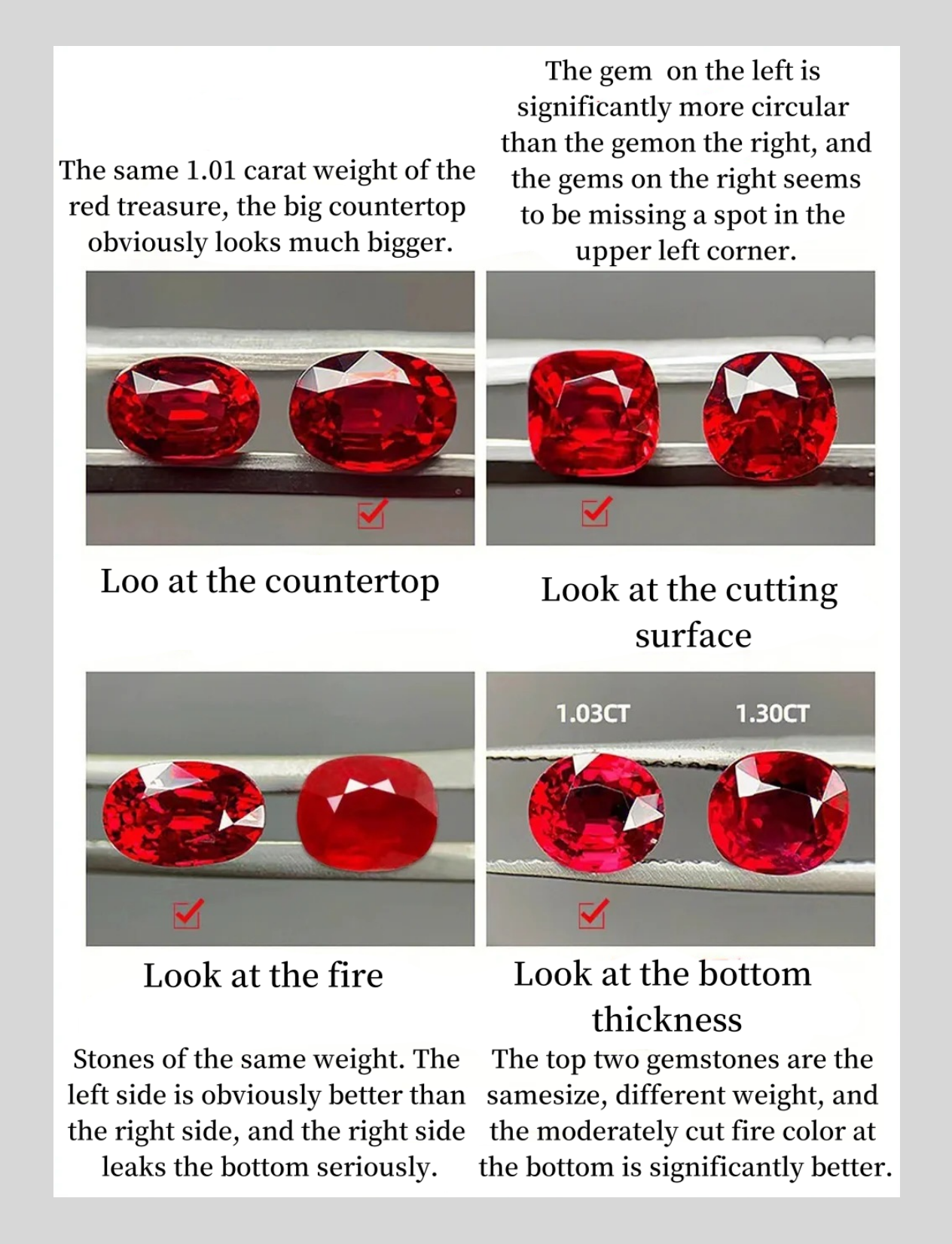
❤️The country of the ruby
The world’s famous ruby production countries are mainly Myanmar and Mozambique. But Thailand, China, Sri Lanka, Madagascar, Tanzania, Vietnam and Kenya are also important producers of rubies. There is a significant premium on the origin of high-quality rubies because of their rarity, and the rubies that generally appear in large auctions are those made in Myanmar.
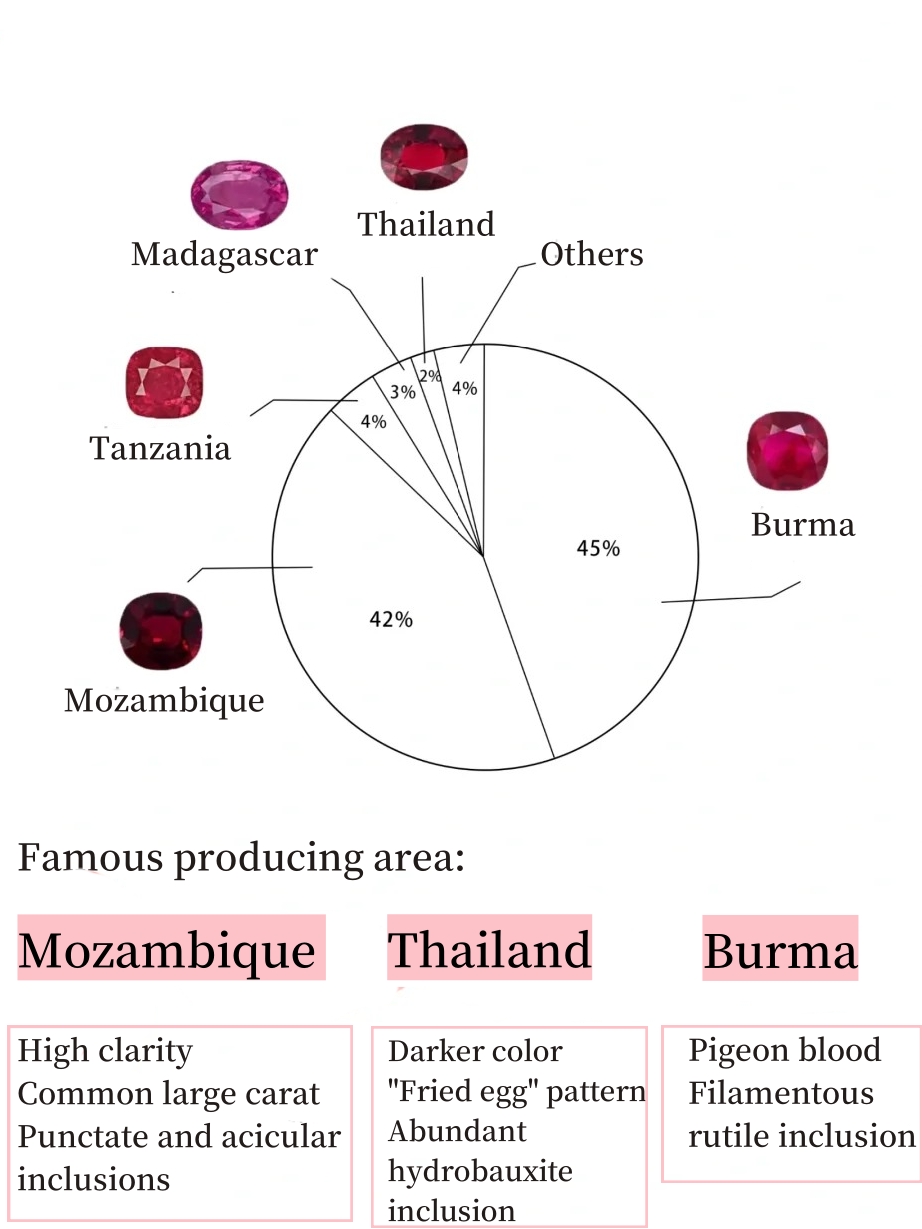
❤️ Optimum treatment of rubies
No indication of thermal treatment: refers to the pure natural ruby without any processing.
Heated divided into H(heated) and H(a)(b)(c)(d)(Be) . The H(heated) ruby is simply heated by the traditional optimization method, and the H(a)(b)(c)(d)(Be) will add other substances during the heating process, and there is residue inside the gem after treatment, so it is not optimized, it is treated ruby.
Filling: Filling cracks in rubies with lead glass, epoxy resin or other polymer materials to strengthen the stone and improve its quality.
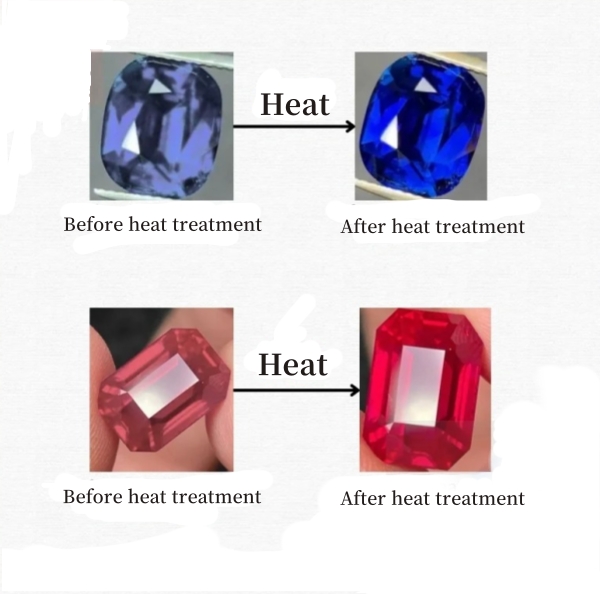
🔔In SUMMARY:
First look at the color, followed by the size of the clarity, and then look at the heated, in short, the selection of gems will have an eye edge, love at first sight is the best.
Natural is the fundamental reason why precious stones are precious, if you want to preserve and collect, buy No indication of thermal treatment rubies.
Just to wear and look good, optimized rubies can be purchased. Filling ruby is not recommended for purchase!
🔍 Common identification certificate of rubies:
Auction class: Gubelin, SSEF, AGL
Collection class: GRS, GIA
Daily consumer class: AIGS, GUILD, NGTC National inspection
